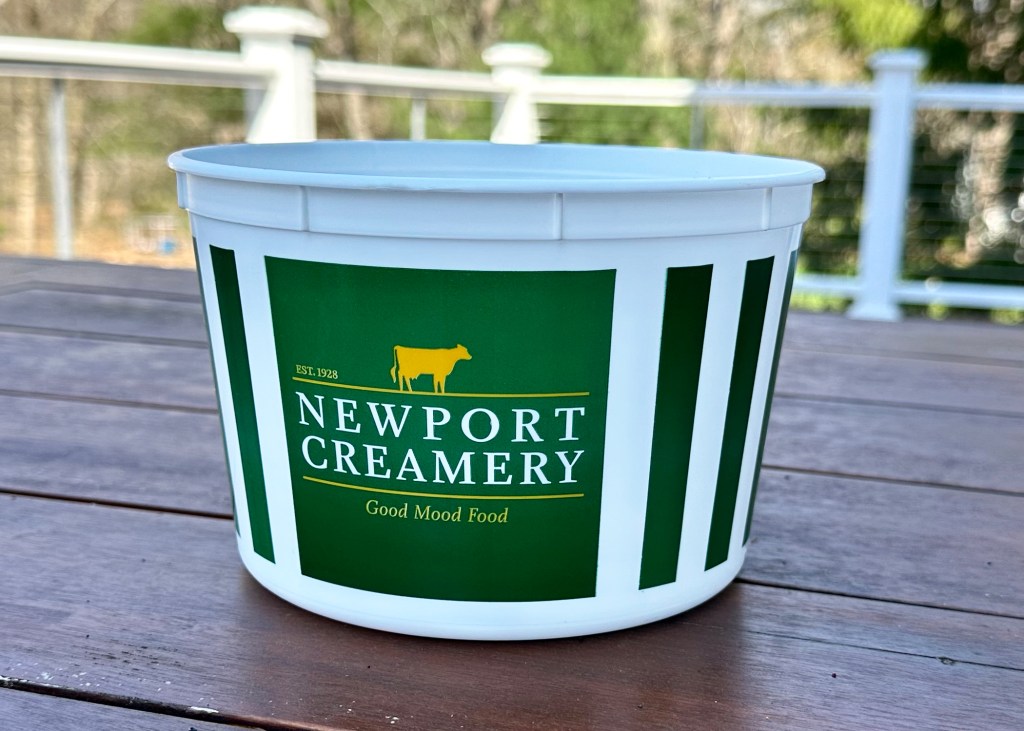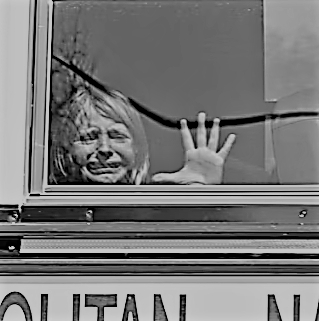
When I was young, my sister and I were charged with going to the Newport Creamery each night to get my father a pint of Maple Walnut and Walnut Fudge mixed. The bottom half of the pint was Maple Walnut ice cream, and the top half was Walnut Fudge ice cream. We did this most nights. It’s a memory my feeble brain still recalls. My sister is a year younger than me. We lived on the west side of West Main Road in Middletown, Rhode Island. The Newport Creamery was about half a mile away on the east side of West Main Road. Getting there required us to cross West Main Road at dusk or early evening when we were 10 or 12. And we thought nothing of it.
Seeing that road now, both with the volume of traffic and speed at which cars travel, it’s a wonder we saw our teens. And that’s one of the problems with viewing yesterday’s events through today’s lens. When we were younger, speed limits meant something. And while Aquidneck Island was always a tourist spot and Navy town, traffic back then was a fraction of what it is today.
The Newport Creamery holds a special place in my heart. Many an evening, after a Little League, Babe Ruth, American Legion, or High School baseball game, or just on a warm summer evening, “The Creamery” was a welcoming place to celebrate a win or lament a loss. I thought they had the best chocolate chip (and coffee) ice cream. And their Junior Hamburger was my favorite. Two, with a side of fries, please! And then a Turtle Sundae my way (chocolate chip ice cream, hot fudge sauce, caramel sauce, marshmallow topping, whipped cream, and a cherry).
They also have a milkshake made with iced milk instead of ice cream called an Awful Awful. Despite its off-putting name, it is so called because it is “Awful Big and Awful Good.” The challenge on the menu said if you could drink three, you’d get the fourth free. How could a teenage boy not accept that challenge? And at least once, I got my fourth free Awful Awful. Always vanilla flavored (for me), the marginal return on enjoyment waned dramatically on the second and third, only to rally for the free one. And then I’d walk home feeling the liquid slosh around inside me like my stomach was at high tide during a named storm.
The Creamery also sells half gallons of their ice cream in plastic buckets. Every home in Rhode Island has a few buckets holding various items (buttons or ribbons in the craft area, multiple nails and screws in the garage, marbles and toys in the kid’s room). And if I had access to the photographs in every home, I could find a photo of every child with the bucket on their head. I know I have them of my kids.
The Newport Creamery has had financial troubles in the past decade or so, and while I don’t know what the future holds for any of us, despite heavier and faster traffic than when I was a kid, I hope The Creamery exists for a long time into the future. There are many Awful Awfuls to drink and plastic buckets for kids to wear. And while my sister will argue that Frosty Freez is the iconic summer ice cream stand on “the island,” especially given that she worked there many a summer (and I concede to making a pilgrimage there a few times each summer), The Creamery holds many more memories for me.
No one has a perfect childhood or flawless life. But there are idyllic memories of youth and raising children, and The Creamery holds both for me.
















